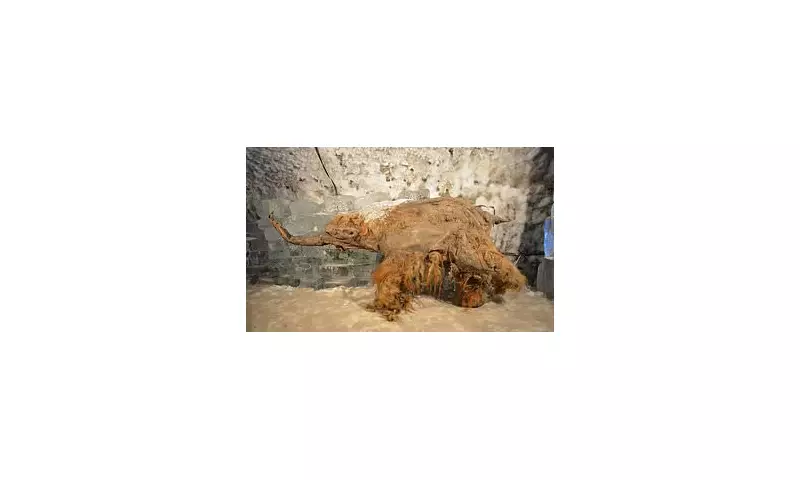
In a landmark scientific achievement that could revolutionise our understanding of extinct species, researchers have successfully extracted the world's oldest RNA molecules from a woolly mammoth preserved in Siberian permafrost for nearly 40,000 years.
The breakthrough study by scientists from Sweden and Denmark marks the first time RNA sequencing has been accomplished from Ice Age remains, opening unprecedented opportunities to understand the biology of long-vanished creatures.
Unlocking prehistoric biological secrets
The international research team managed to isolate and sequence RNA molecules from tissue samples of ten woolly mammoths dating back to the late Pleistocene era. Among these was the famous juvenile mammoth named Yuka, whose exceptionally preserved remains yielded RNA that had been frozen in time for 39,000 years.
Dr Emilio Mármol from the Globe Institute in Copenhagen, one of the study authors, explained the significance to the Daily Mail: 'Our methods and results could indeed inform and help the efforts aimed at "de-extincting" certain renowned animals.'
While all ten tissue samples came from mammoths, only three revealed RNA sequences that could be confidently identified as mammoth in origin. The challenge, according to Dr Mármol, came from environmental contamination. 'Since these mammoths have been buried in the permafrost for millennia, when we unearth them they also carry all sorts of environmental contamination,' he noted.
Revolutionising de-extinction efforts
The successful extraction represents the oldest RNA sequences ever recovered and provides crucial insights that DNA alone cannot offer. RNA (ribonucleic acid) performs multiple essential roles in living cells, from relaying instructions to build proteins to regulating gene expression.
This breakthrough could prove vital for ambitious de-extinction projects aiming to bring back not just woolly mammoths but other vanished species like the dodo and Tasmanian tiger. 'Scientists will need to attain a much more comprehensive knowledge of the biology of such extinct species,' Dr Mármol emphasised.
The researchers identified tissue-specific patterns of gene expression in Yuka's frozen muscle remains, including RNA molecules that would have coded for proteins involved in muscle contraction and metabolic regulation under stress. Intriguingly, they found evidence suggesting Yuka experienced cell stress before death, possibly from predator attacks by cave lions.
New scientific frontiers in ancient biology
Perhaps most remarkably, the team discovered previously unknown microRNAs – molecules that regulate gene activity – that may be unique to mammoths or their modern elephant relatives. 'These microRNAs are completely new to science and probably only expressed in mammoths,' Dr Mármol revealed.
The findings, published in the prestigious journal Cell, demonstrate RNA's unexpected ability to persist across deep timescales, far beyond what scientists previously believed possible. This opens the door to future research that could sequence ancient RNA viruses, such as influenza and coronaviruses, from Ice Age remains.
Woolly mammoths, which stood around 13 feet tall and weighed approximately six tons, roamed northern Europe, Asia and North America during the last Ice Age before disappearing around 4,000 years ago – after the construction of Egypt's pyramids at Giza. The cause of their extinction remains debated, with theories ranging from human hunting to climate change.
Looking ahead, researchers plan to combine prehistoric RNA analysis with DNA, proteins and other preserved biomolecules. As Dr Mármol concluded, such integrated studies 'could fundamentally reshape our understanding of extinct megafauna as well as other species, revealing the many hidden layers of biology that have remained frozen in time until now.'





